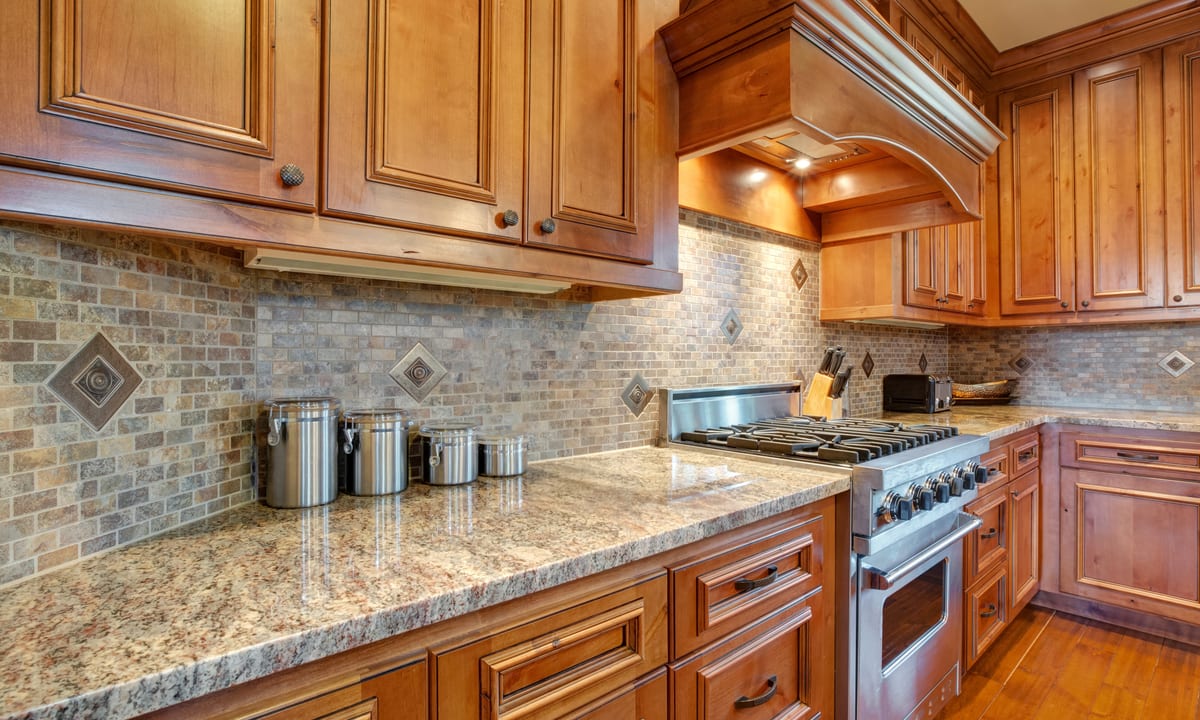Explore kitchen island options to enhance your kitchen experience
A kitchen island serves as both a functional workspace and a focal point that can dramatically transform how you use and enjoy your kitchen. These versatile additions provide extra counter space, storage solutions, and often become the heart of family gatherings and entertaining. Whether you're planning a kitchen renovation or simply looking to maximize your current space, understanding the various island options available can help you make an informed decision that enhances both the functionality and aesthetic appeal of your kitchen.

Types of Kitchen Island
Kitchen islands come in several distinct configurations, each designed to meet different spatial and functional requirements. Stationary islands remain the most common choice, permanently installed and often featuring built-in appliances, storage cabinets, and countertop workspace. Portable or rolling islands offer flexibility for smaller kitchens, allowing you to move them as needed or store them away when not in use.
Peninsular islands connect to existing cabinetry or walls, creating an L-shaped or U-shaped kitchen layout that works well in spaces where a freestanding island might obstruct traffic flow. Two-tier islands incorporate different counter heights, with one level for food preparation and a raised section for casual dining or serving. Specialty islands focus on specific functions, such as baking stations with marble surfaces, wine storage islands with built-in refrigeration, or cooking islands that house cooktops and ventilation systems.
What are the Common Materials for Kitchen Island Countertops?
Countertop material selection significantly impacts both the appearance and durability of your kitchen island. Granite remains a popular natural stone option, offering heat resistance, scratch resistance, and unique patterns in each slab. Quartz engineered stone provides consistent coloring and patterns while requiring minimal maintenance and offering excellent stain resistance.
Marble creates an elegant, classic look particularly favored for baking areas due to its naturally cool surface, though it requires more careful maintenance to prevent etching and staining. Butcher block wood surfaces add warmth and provide ideal cutting surfaces, though they need regular oiling and can show wear over time. Stainless steel countertops deliver professional-grade durability and easy sanitization, making them practical for serious home cooks. Concrete offers customizable shapes, colors, and finishes, creating industrial or contemporary aesthetics. Laminate provides budget-friendly options with improving quality and design variety, while solid surface materials like Corian offer seamless installation and easy repair capabilities.
How can a Custom Kitchen Island Enhance Your Space?
Custom kitchen islands address specific spatial challenges and personal preferences that standard options cannot accommodate. Tailored dimensions ensure your island fits perfectly within your kitchen’s footprint, maintaining proper clearance for traffic flow while maximizing usable surface area. Custom designs integrate specialized storage solutions such as pull-out spice racks, utensil dividers, trash and recycling compartments, and appliance garages that keep countertops clutter-free.
Personalized features might include built-in charging stations, wine racks, display shelving for cookbooks, or hidden compartments for valuables. Custom islands also allow you to match existing cabinetry perfectly or create intentional contrast through different finishes, colors, or hardware selections. Incorporating specific appliances like wine coolers, warming drawers, or prep sinks becomes seamless with custom planning. The ability to select exact materials, edge profiles, and decorative details ensures your island reflects your personal style while meeting functional requirements that standard models might not address.
What Features Should You Consider for a Kitchen Island with Seating?
Integrating seating into your kitchen island requires careful consideration of several practical factors. Counter height determines seating style, with standard 36-inch counters accommodating 24-inch counter stools and raised 42-inch bars requiring 30-inch bar stools. Allow 24 to 30 inches of width per person for comfortable seating, with 10 to 15 inches of knee space depth beneath the overhang.
Overhang dimensions typically extend 12 to 18 inches beyond the island base for comfortable leg room, though deeper overhangs may require additional support brackets or corbels. Consider whether you want seating on one side or multiple sides, keeping in mind that seating areas reduce available workspace and storage beneath. Footrests enhance comfort for elevated seating, either built into the island structure or attached to stool bases.
Electrical outlets positioned along the seating area provide convenient charging access for devices without disrupting the cooking workspace. Lighting above the seating area, such as pendant fixtures, defines the space and provides adequate illumination for dining or working. The relationship between the island and surrounding kitchen elements affects seating placement, ensuring seated individuals don’t obstruct major work zones or appliance access. Material choices for seating areas should withstand regular contact and potential spills, with durable, easy-to-clean surfaces proving most practical for family use.
Conclusion
Selecting the right kitchen island involves balancing aesthetic preferences with practical functionality tailored to your specific cooking and entertaining habits. From choosing appropriate materials that withstand daily use to incorporating seating that enhances social interaction, each decision contributes to creating a kitchen environment that works efficiently while reflecting your personal style. Whether opting for a standard configuration or investing in custom design, understanding available options ensures your kitchen island becomes a valued centerpiece that enhances both the utility and enjoyment of your home’s most active gathering space.




